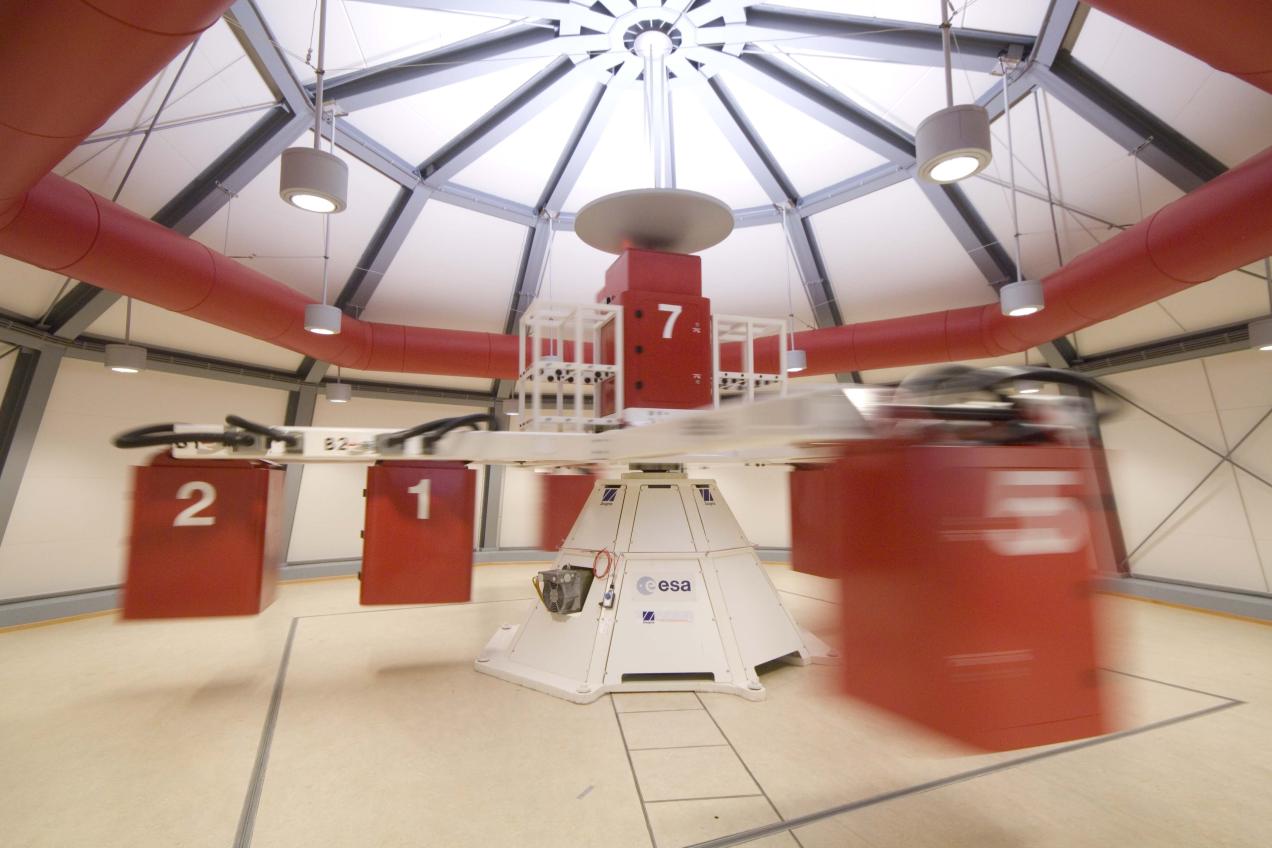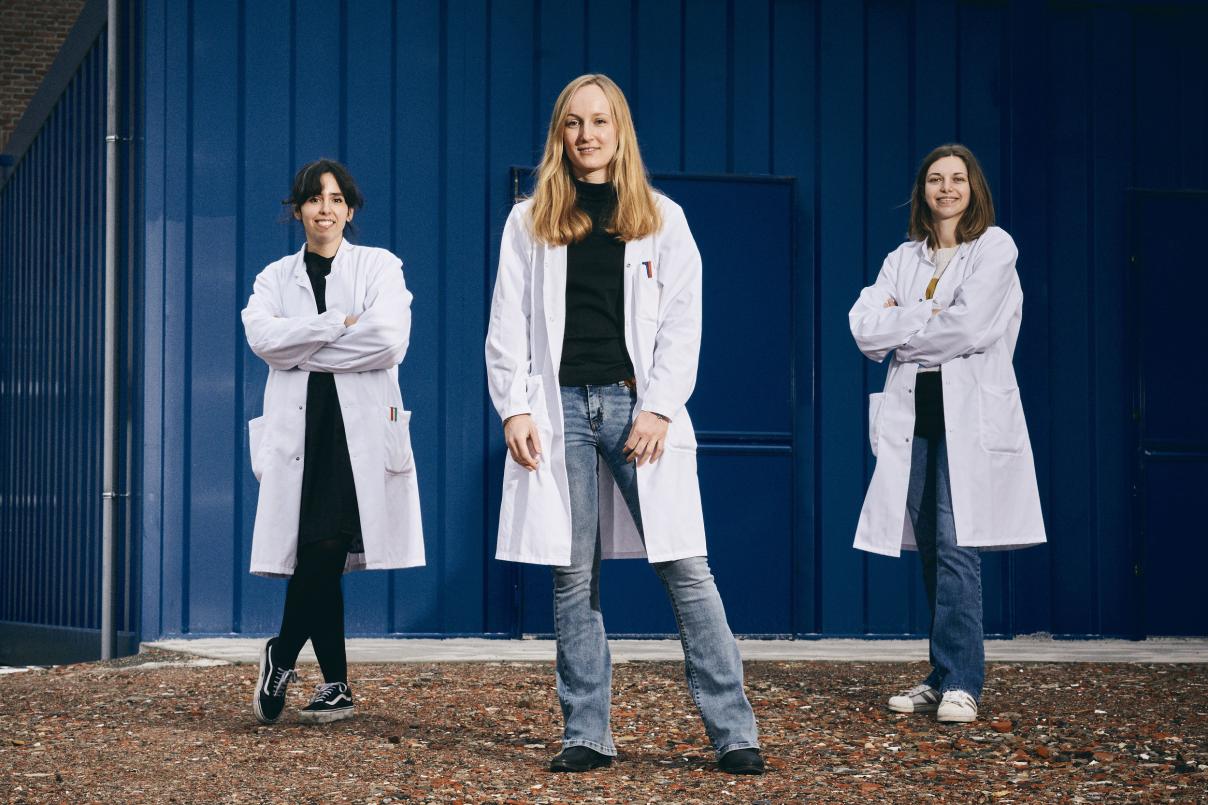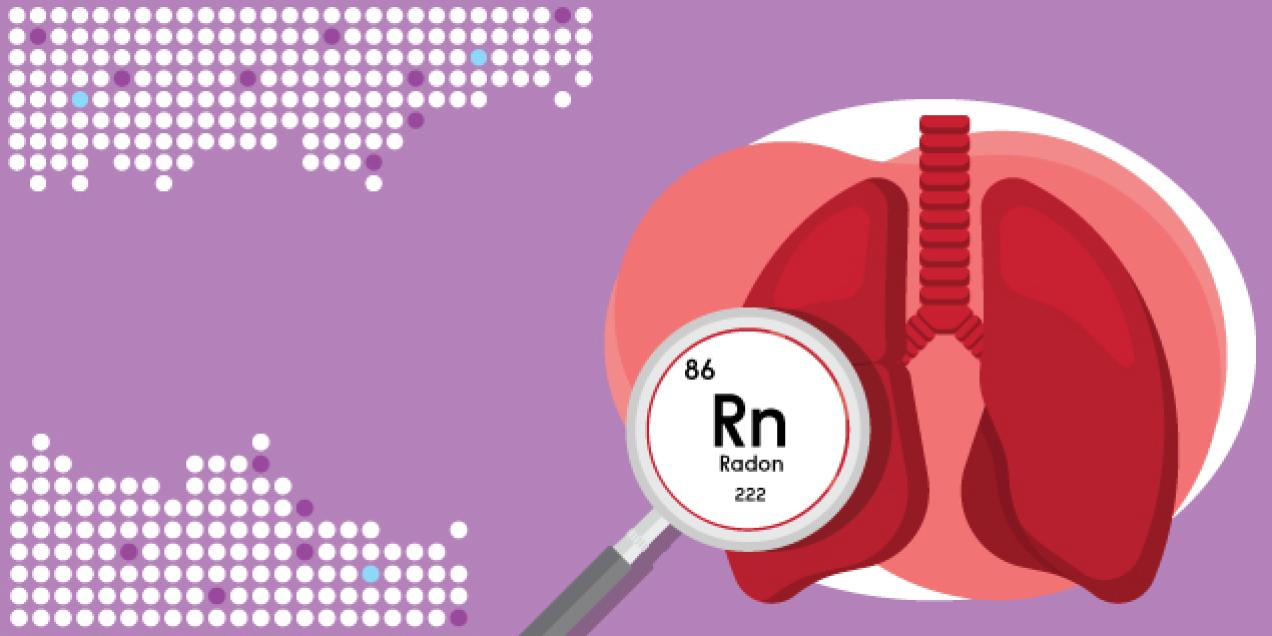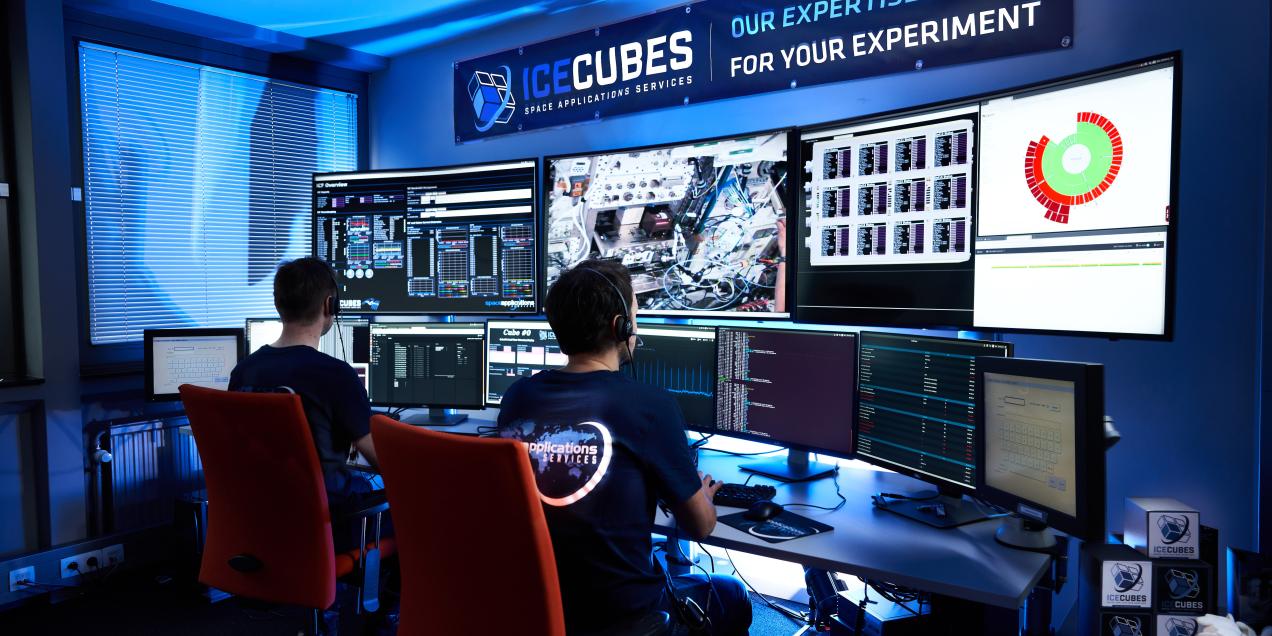'Hypergravity treatment': can wounds heal more quickly despite stress?
In September, some 'stressed and injured skin cells' are to undergo 'hypergravity treatment' in the centrifuge of the European Space Agency (ESA) in the Dutch town of Noordwijk. Researchers at SCK CEN and Ghent University are interested in finding out whether hypergravity can counteract delayed wound healing caused by stress and weightlessness. This experiment is possible thanks to the ESA Education programme 'Spin Your Thesis!’. Picture Large Diameter Centrifuge: ©ESA.

In space, astronauts are exposed to extreme conditions: cosmic radiation, prolonged weightlessness, and social isolation. These factors cause stress, among other things. "When the body experiences stress, it first produces adrenaline followed by cortisol. Prolonged stress causes chronic exposure to the stress hormone cortisol. This chronic exposure suppresses the immune system, while wound repair requires on a properly functioning immune system, and stress therefore inhibits wound healing. Wound healing is even slower to initiate where long-term weightlessness is a factor," explains Eline Radstake, doctoral student at SCK CEN and Ghent University. The researchers are interested to know whether a 'hypergravity treatment' can reverse the effect and counteract delayed wound healing.
The doctoral student hopes to find an answer to this question at the European Space Research and Technology Centre (ESTEC), the technical heart of the European Space Agency. The research centre boasts the Large Diameter Centrifuge. This installation, with a diameter of eight metres, spins around its own axis at high speed in order to simulate gravitational forces of up to 20G. By way of comparison: Earth's gravity of 1G is what prevents us from floating around, while gravity in space is 0.
'Wounded skin cells'
This coming September, some 'stressed and wounded skin cells' from SCK CEN and Ghent University will be flung around the installation, at a force of 15 to 20G. The cells in question are 'Normal Human Dermal Fibroblasts', which are cells from the dermis, the second major skin layer. "Though I prefer to call them the skin's construction and recruitment workers," laughs the doctoral student. "Once a wound occurs, the cells migrate to the wound and begin to rebuild skin tissue. In the process, they recruit immune cells to help close the 'gaping wound' more quickly."
In order for this experiment to succeed, the researchers must go through several stages. First of all, they create in-vitro wounds and administer stress hormones to the wounds. Next, the 'stressed and wounded skin cells' are rolled around in multiple directions for twelve hours in a random positioning machine. The intention is to eliminate the effect of gravity and simulate delayed wound healing. "Only then are they allowed on board the centrifuge, in which they will spend six hours, before being placed back in a random positioning machine. Astronauts on a space voyage would also return to a weightless environment after a 'hypergravity treatment'. We want to simulate the same situation with the experiment," Eline continues.

Use on Earth
The doctoral student is keenly looking forward to the experiment and the results that will follow. Her mentor, Mieke Verslegers, radiobiologist at SCK CEN, is already convinced that the research - if the results are promising - will also be useful on Earth. "We are studying not only how quickly cells grow back, but also what proteins have played a crucial role in an efficient healing process. These insights may prove useful on Earth for patients who experience difficulty with wound healing."
Spin Your Thesis!: ESA Education programme
This research has been made possible thanks to the ESA's 'Spin Your Thesis!' programme. The programme offers university students the opportunity to carry out scientific or technological research using hypergravity (+1G) in a number of research fields, including biology, biochemistry, microbiology, optical physics, materials science, fluid dynamics, geology, and plasma physics. Doctoral student Eline Radstake submitted a project proposal together with Silvana Ferreira da Silva Miranda, her fellow doctoral student at SCK CEN and Ghent University, and Cynthia Van Rompay, Master's student at the University of Antwerp. Her project, called FORTE, was one of the three selected.
Related articles
 25 June '24
25 June '24- 17 April '24
 30 August '23
30 August '23